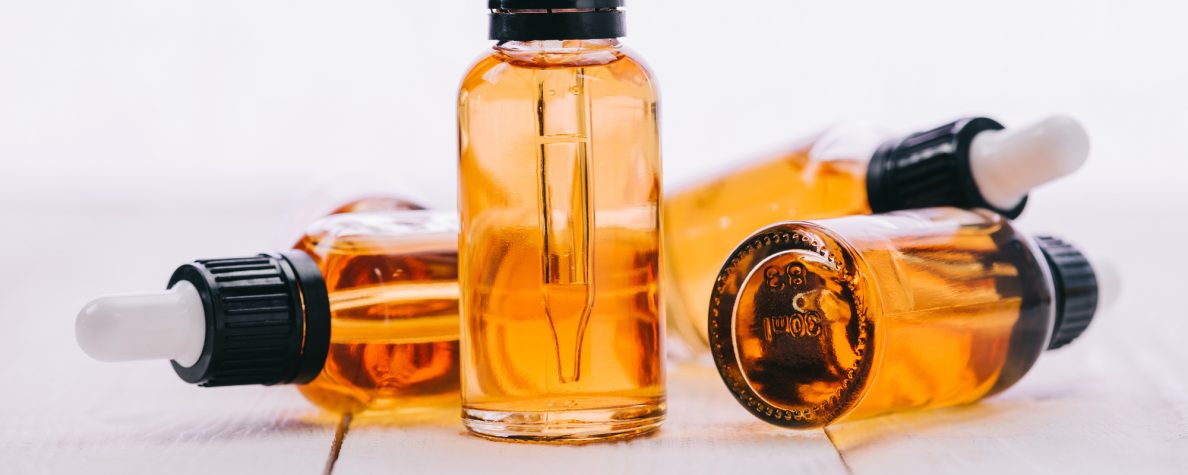The art and science of making hash have evolved significantly over the centuries. Each approach offers unique advantages and characteristics, from traditional hand-rubbing techniques to modern solventless extraction methods. This article delves into conventional and contemporary hash-making methods, providing insights into their processes, quality, and the type of hash they produce.
Traditional Hash-Making Techniques
Traditional hash-making techniques are as old as the history of hash itself. Originating from cannabis-cultivating regions like Morocco, Afghanistan, and Nepal, these methods relied on simple tools and the cannabis plant’s natural resin. One popular technique is the hand-rubbing method, where live cannabis plants are gently rubbed to collect resin on the hands, then rolled into balls or sticks of hash. Another is the dry-sieve method, which involves rubbing dried cannabis over a fine screen to separate the trichomes, which are then pressed into hash.
Best Buy Link is Here :-
The Appeal of Traditional Hash
Traditional hash carries an aura of authenticity that appeals to many cannabis enthusiasts. It often has a unique aroma, flavour profile, and effect that reflect the specific cannabis strain and the region where it was grown. Additionally, traditional hash is typically made without solvents, appealing to those who prefer natural, additive-free cannabis products. However, the potency and conventional hash cleanliness can vary greatly depending on the quality of the cannabis used and the precision of the technique employed.
Modern Hash-Making Techniques
Modern hash-making techniques have revolutionized the quality and diversity of hash available today. These methods often involve using temperature and pressure or water and ice to separate the trichomes from the cannabis plant, producing products like rosin and bubble hash. Additionally, some techniques involve solvents like butane or CO2, though these are usually purged from the final product. These methods allow for greater control over the potency and purity of the hash, often resulting in products with a higher THC content than traditional hash.
The Advantages of Modern Hash
Modern hash boasts several advantages over its traditional counterparts. Precise extraction methods ensure a high-quality product, often with a higher potency and cleaner profile. Additionally, current hash offers a range of textures and flavours, from rosin’s sticky, gooey consistency to the dry, crumbly texture of bubble hash. Furthermore, the scalability of modern techniques makes them more suited to commercial production, meeting the growing demand for hash in the cannabis market.
Conclusion
Both traditional and modern hash-making techniques have their merits and appeal. While traditional hash offers authenticity and a solvent-free product, modern methods provide high potency, purity, and variety. As the cannabis market continues to evolve, these techniques coexist, offering consumers various choices to suit their preferences. Whether you’re drawn to the rich heritage of traditional hash or the innovative nature of modern hash, understanding these techniques enriches the overall appreciation of this revered cannabis product.






